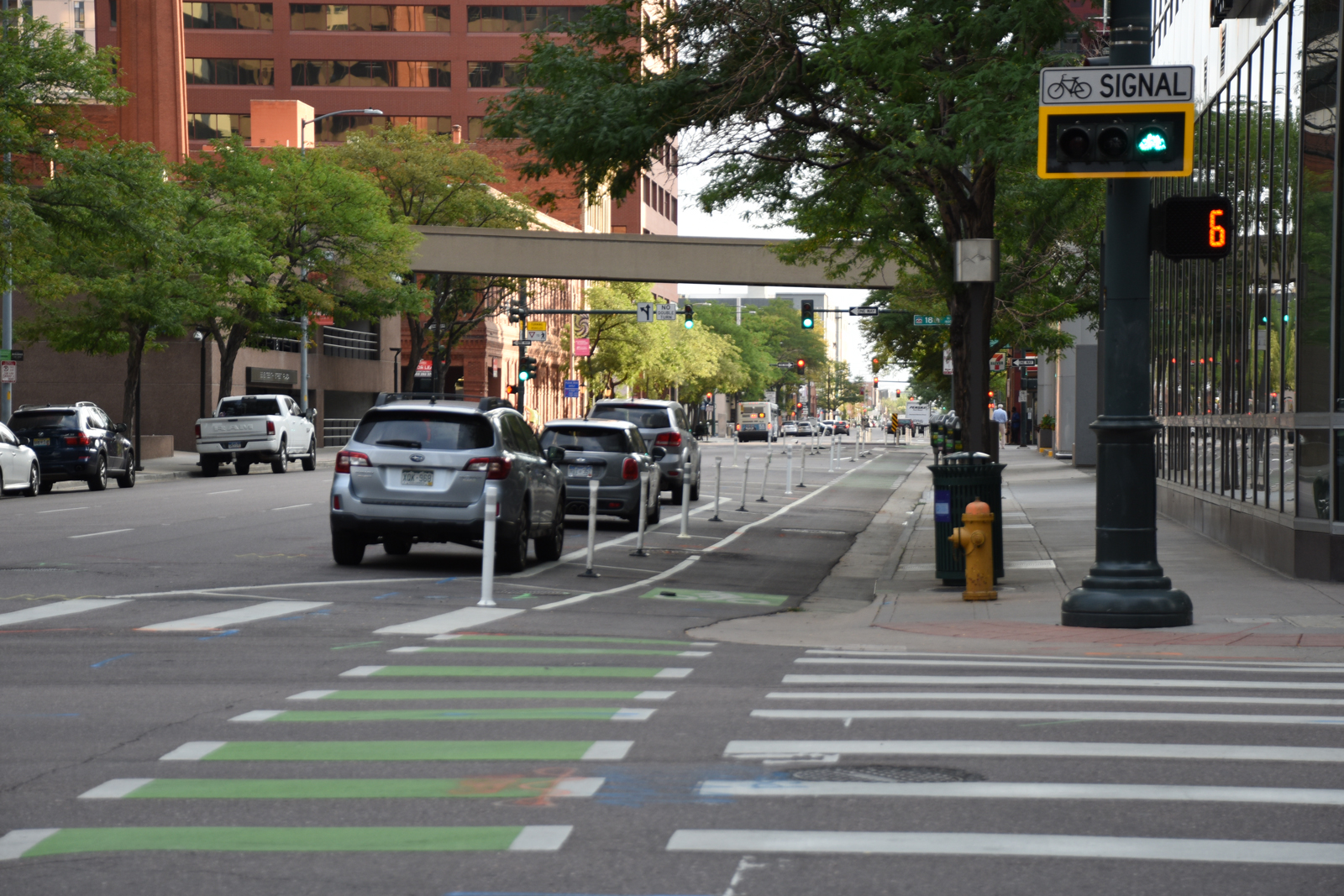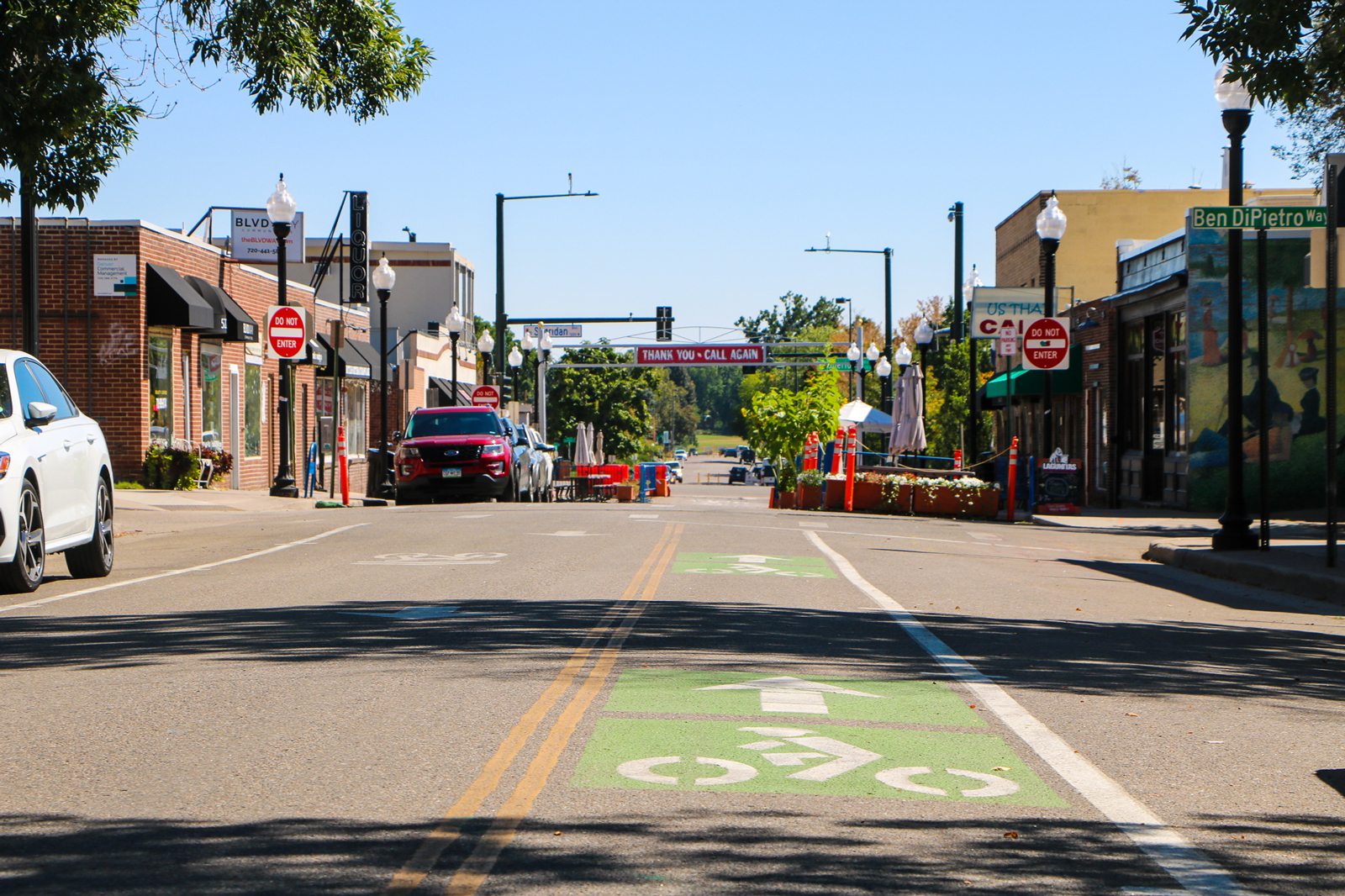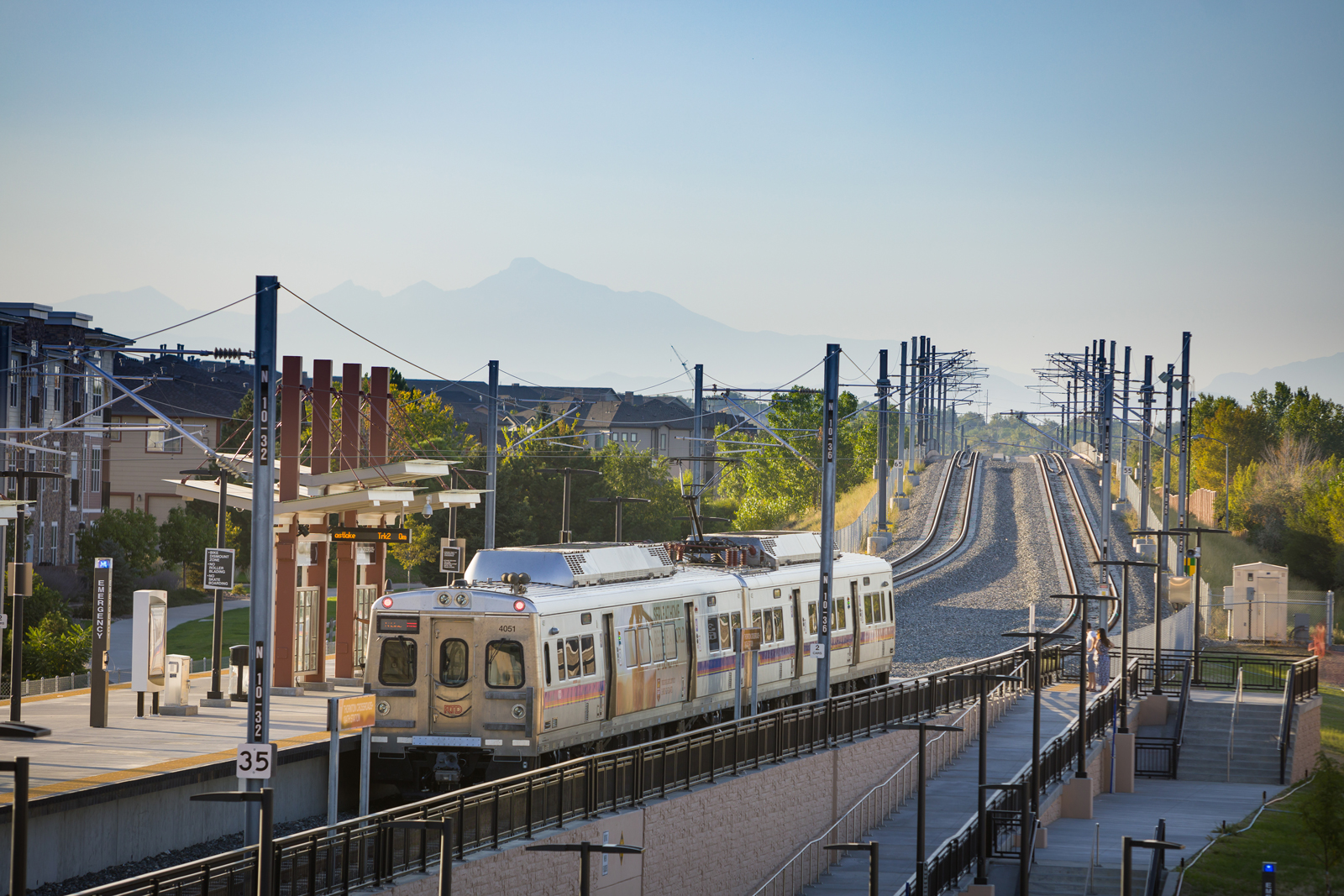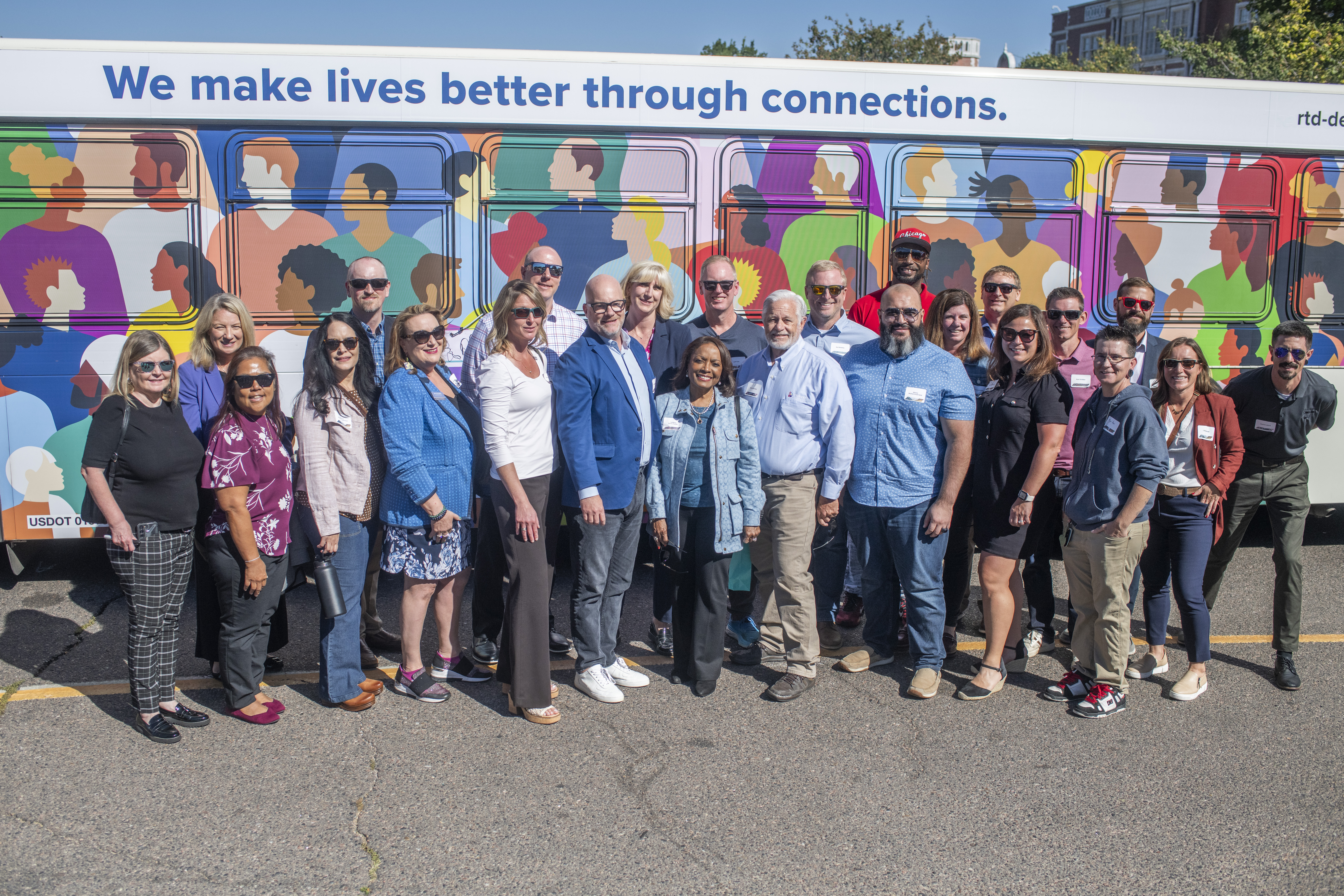DRCOG’s role and services
DRCOG has served as the federally designated metropolitan planning organization for the Denver region since 1977. Its Transportation Planning and Operations division leads regional transportation planning and funding in collaboration with state and local agencies.
- Setting a vision for the future of transportation .
- Collecting public and stakeholder input.
- Deciding the best way to allocate funds toward transportation projects.
- Working toward improved air quality .
- Working to benefit all Denver populations, including low-income residents.
- Prioritizing funds to meet our set performance measures.

Photo courtesy of Rey H. Sosa, photo contest finalist.
Regional Transportation Plan
The 2050 Metro Vision Regional Transportation Plan guides the region's investments in the multimodal transportation systems. The plan is updated every four years and amended as needed to reflect current needs, priorities and trends.
Funding and project delivery
DRCOG provides both short- and long-term funding for local and regional transportation projects and collaborates with state and local partners to establish a comprehensive implementation schedule.

Transportation Systems Operations
DRCOG provides innovative strategies for the safety, efficiency and reliability of the region's transportation systems.
Achieving Regional Vision Zero
DRCOG's Board, staff and member governments are committed to eliminating fatal crashes on the region's transportation system.
Emerging mobility
From automated vehicles to electric scooters and mobility-on-demand, emerging mobility promises improved urban mobility, reduced environmental impact and greater efficiency.
Transportation Improvement Program
Spotlight: Bus station improvements come to downtown Boulder
Select project highlights: adding five bus gates, new signage, wider sidewalks.

Photo courtesy of the City of Boulder.




